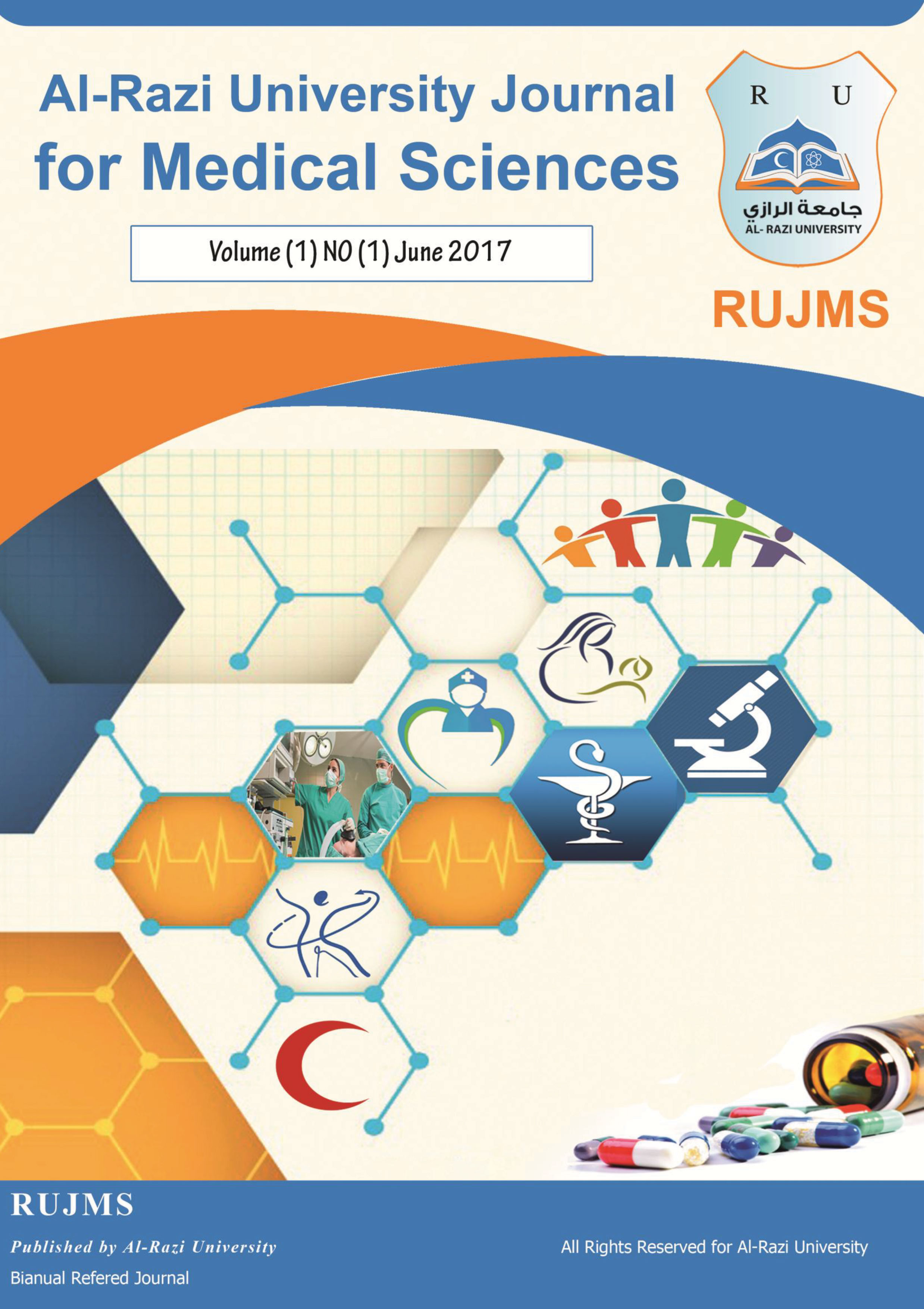The Effect of Khat Chewing on Blood Pressure and the Correlation between Body Mass Index and Blood Pressure among Yemeni People in Sana'a City
Hussein S. Gumaih1* , Bushra H AL-Khateeb1 , Wael A. Hadi1 1Department of Zoology, Faculty of Science, Sana'a University, Yemen.
Abstract
Background: Khat leaves is chewed habitually by among of Yemeni people for its efficacy on the body energy. Aim: to determine the percentage effect of Khat chewing on blood pressure, and the role of BMI on blood pressure in Khat chewers. Methods: In this study, twenty randomly individuals chewing Khat were selected to measure their blood pressure pre and post Khat chewing session for 20 days. Results: showed about 10% of blood pressure increased above the normal rate after chewing Khat. On the other hand, there was no relationship between the effect of body mass index (BMI) and Khat chewing together on blood pressure. Conclusion: BMI had role on the physiological functions of the body that cause changing in normal blood pressure and gradually become close to hypertension people.
الخلفية: يقوم بعض اليمنيين بمضغ أوراق القات بانتظام لفعاليتها في زيادة طاقة الجسم.
الهدف: تحديد نسبة تأثير مضغ القات على ضغط الدم، ودور مؤشر كتلة الجسم (BMI) في ضغط الدم لدى مضغ القات.
الطرق: في هذه الدراسة، تم اختيار عشرين شخصًا بشكل عشوائي يمضغون القات لقياس ضغط دمهم قبل وبعد جلسة مضغ القات لمدة 20 يومًا.
النتائج: أظهرت النتائج زيادة في ضغط الدم بنسبة حوالي 10% عن المعدل الطبيعي بعد مضغ القات. من ناحية أخرى، لم يكن هناك علاقة بين تأثير مؤشر كتلة الجسم ومضغ القات معًا على ضغط الدم.
الاستنتاج: كان لمؤشر كتلة الجسم دور في الوظائف الفسيولوجية للجسم مما يسبب تغييرات في ضغط الدم الطبيعي ويقترب تدريجياً من الأشخاص المصابين بارتفاع ضغط الدم.

